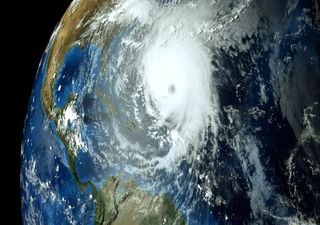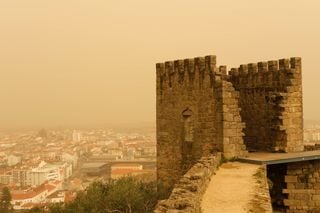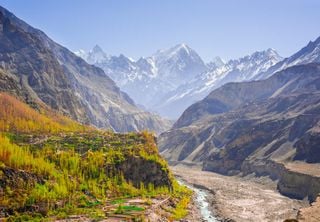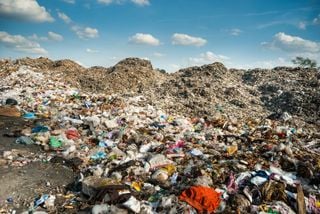
A new study published in the scientific journal The Lancet shows that births around the world will not be able to exceed the number of deaths, leading to a gradual reduction in the world's population. Know the details in detail.

José Miguel Dias graduated in Geography and Regional Planning from the Faculty of Social and Human Sciences of Nova University Lisbon and has a postgraduate degree in Sustainable Urbanism and Spatial Planning from the same institution.
He specialized in Civil Protection: Planning and Intervention by the CRIAP Institute and in more recent years he has developed several other specializations, at national and international level, in these areas and in those of emergency management, disaster risk management/reduction, and currently in the areas of disaster management and humanitarian crises. He is currently studying for a degree in Civil Protection at the Instituto Superior de Ciências da Informação e da Administração.
He has two scientific publications in the Chilean magazine LOGER, Revista Científica de Logística y Gestión de Riesgos and a publication in the November 2021 edition of the newsletter of the Centre for Studies and Intervention in Civil Protection.
Since 2021, he has been working as a volunteer firefighter with the Castelo Branco Volunteer Fire Brigade. He is a volunteer member of VOST Portugal since 2019 and was recently elected vice-president of the Castelo Branco Rotaract Club for the 2023-24 Rotary year. Professionally, he works as a freelance technical consultant in the areas of spatial planning and civil protection. He is also a junior trainer at UNGM/UNDSS/UM.
Since September 2022 he has been working as an editor at Meteored.

A new study published in the scientific journal The Lancet shows that births around the world will not be able to exceed the number of deaths, leading to a gradual reduction in the world's population. Know the details in detail.

The unusually ominous temperatures that are currently being felt in the North Atlantic Ocean, combined with other phenomena, raise fears that the hurricane season that approaches in less than two months could be extremely active. Get to know the details!

Dust from the Sahara causes, in addition to the already known impacts on health, damage to the production of solar energy. The latest episode of this phenomenon on the Old Continent shows that there were losses of up to 30%. Get to know the details.

This winter has been atypical in the Himalayan mountain range, particularly in its western region, where the mountains, once dressed in a beautiful and vast white blanket, are now visibly bare. Find out the reasons and details here!

Plastics constitute one of the most serious global pollution problems. What if solar energy could transform them into high-value products? A group of researchers brings us the answer. See the details here!